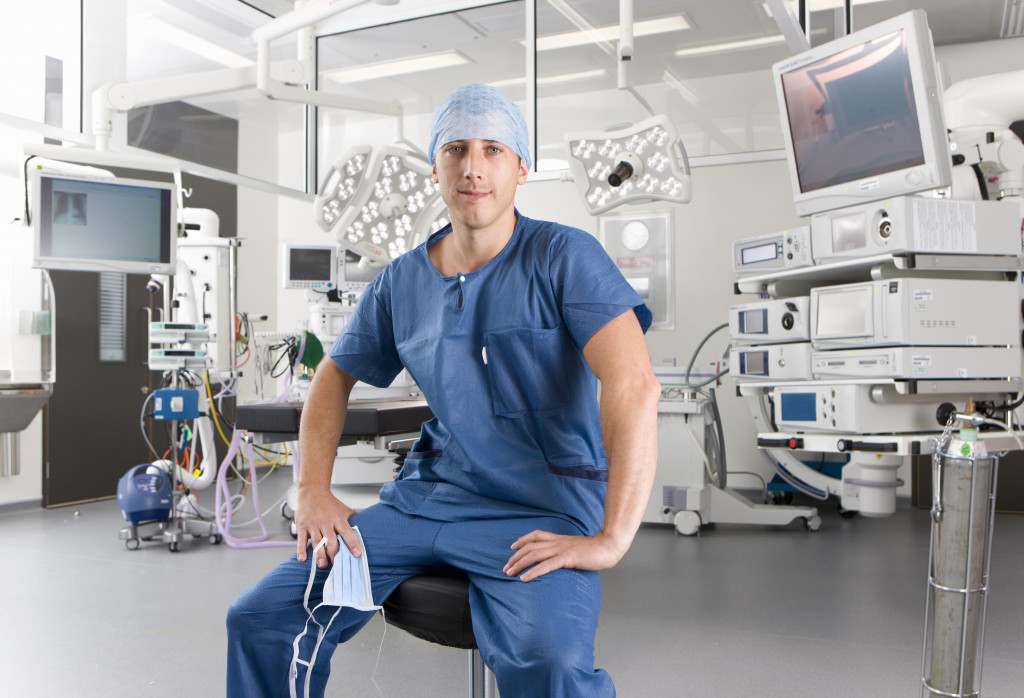Disclaimer: This website provides health information for educational purposes only and is not a substitute for professional medical advice, diagnosis, or treatment. Always seek the guidance of a qualified healthcare provider with any questions you may have.
New medical technologies keep on appearing. If the doctors or even 50 years ago saw what treatments are available nowadays, they would be greatly surprised. Even now, medical developments are still progressing. New treatments and medicines make the lives of many people better. The past few years saw some great breakthroughs, and many of them will change the lives of millions. Here is a closer look at some of them.
New Developments For Heart Disease
The heart is a major organ, and many life-threatening diseases can target it. This makes it a prime focus of study by medical experts, and they have recently borne fruit. There have been several interesting discoveries. For one, those who suffer from hypertrophic cardiomyopathy have some new hope. The condition sees heart muscles thicken and become stiff, making it difficult to function. Normally, there is no treatment for it, but recent studies show that the new drug macavamten has some interesting results. That is just one example, as researchers are also developing better treatments for coronary heart disease and atrial fibrillation.
VBT For Scoliosis
There has been a breakthrough in handling scoliosis. A scoliosis specialist would normally recommend one of two things for treatment. If caught early enough, the patient might get to wear braces to correct the curving of the spine. The other option is spinal fusion surgery which aims to stop further curving. The problem is that it solidifies the spine and removes its flexibility. A more useful approach is vertebral body tethering or VBT. Instead of the metal rods of spinal fusing, a flexible cord is used to pull on the outside of the spine to help straighten it out. This helps realign the spine and keep it straight.
Easier Alzheimer Detection

One of the things that make Alzheimer’s so frightening is that it can be hard to detect. Not catching it early can result in patients not getting the best treatment possible. This makes the new blood test for Alzheimer’s so important. While it is still in its experimental phase, the potential of easy detection is very encouraging. A lot of current treatments for the disease are more effective the earlier they are applied. If the test is proven to be effective, that can give hope to many potential sufferers.
Increasing Use Of Neuroprosthesis
For those suffering from various disabilities, neuroprosthesis is the cutting edge of the technology that can help them. These are implants that allow a person to do what they normally would not be able to. They can range from retinal implants that can allow for perfect eyesight to cochlear implants that can improve hearing. The brain-computer interface that allows these implants to work is still in the developmental stage, but they are closer to reality. Many experts think that their development cycle is currently in the early days, but further refinements would b available in the future.
A Hepatitis C Treatment For Everyone
Hepatitis C is one of the deadlier forms of hepatitis out there. Victims of the disease are likely to develop liver problems, and there is no known vaccine for the disease. In the past, treatments for the disease only worked with a subset of the population. Fortunately, a new combination of medications is showing some encouraging results. They show that the treatment can work across 90 percent of genotypes which is very encouraging.
Bubble CPAP Helps Save Babies
Infants who face respiratory problems often had limited options. Fortunately, the development of bubble CPAP adds another one to them. This approach removes the need for a surfactant when doing mechanical ventilation. While no problem for older patients, younger ones who needed ventilation often had to risk long-term injuries. This is especially so for premature babies who need additional breathing assistance. Additionally, the bubble CPAP approach is non-invasive, making it a lot safer for the infants experiencing it.
Better Cystic Fibrosis Treatment
One issue that cystic fibrosis transmembrane conductance regulator (CFTR) modulators had was that they only worked with a small subset of people. The proteins only worked for them and no one else. If the patient did not respond to the medicine, doctors had to find alternative treatments. Fortunately, researchers have developed a drug combination that would work with 90 percent of those who suffered from the disease.
These are just a few medical advances in the past few years. While some are not fully implemented or are just in their experimental stages, all of them show a lot of promise in making lives better. It can only get better as technologies continue to be developed and more treatments are discovered.




